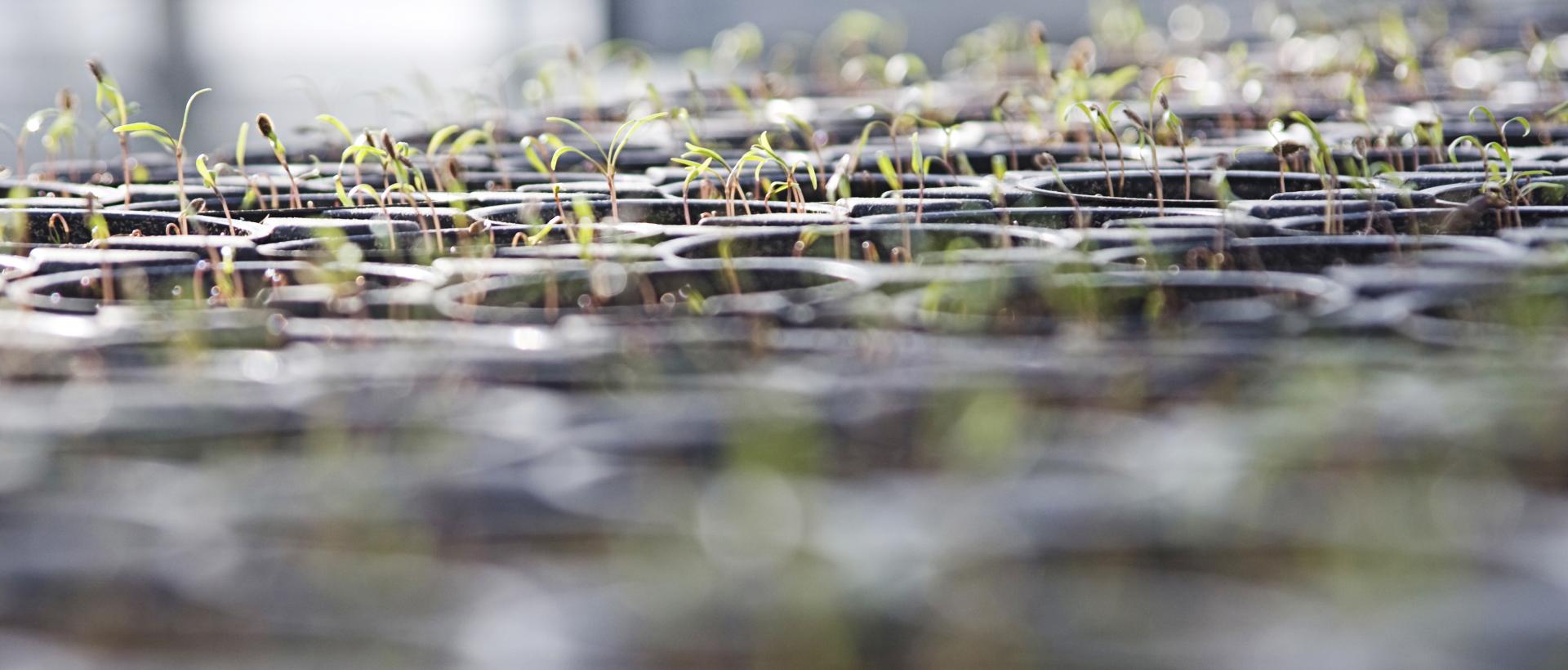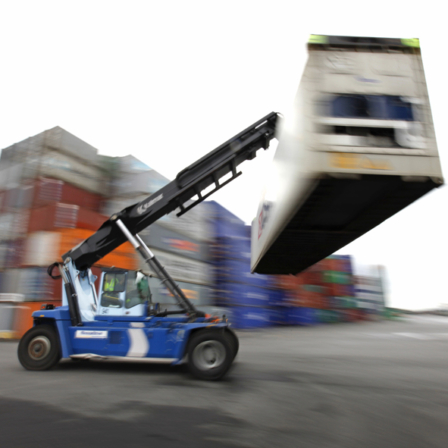Industrial symbiosis provides companies with opportunities for rapid growth in the global markets, according to the British father of industrial symbiosis and founder of the National Industrial Symbiosis Programme, Peter Laybourn, and Michel Judkiewicz, Secretary General of the European Industrial Research Management Association (EIRMA). Laybourn and Judkiewicz spoke about the new opportunities provided by industrial symbiosis at a discussion event organised by Sitra on 11 October 2013. Finland already has several fine examples of industrial symbiosis-based co-operation which have excellent international growth prospects.
The sufficiency of raw materials and resource efficiency are hot topics worldwide. Sidestreams and the new business created around them are providing companies with new opportunities for growth and reforming their industrial operations. It is important to stay alert to what is going on in the world, so that we can develop new solutions for the changing markets.
Sitra’s Jukka Noponen attended the World Resources Forum held 6-9 October 2013 in Davos as a guest speaker. Noponen says that countries such as Germany, the Netherlands, Belgium and Switzerland are actively moving towards a circular economy.
“Industrial symbiosis has rapidly earned its place in the global markets, and especially in Europe,” says Noponen. “The interest in the circular economy is also on the rise in China. The great global need for industrial transformation on account of the environment has in part accelerated these developments. This was started by Peter Laybourn as the outcome of more than ten years of persistent work.”
Sitra’s Leading Specialist Jyri Arponen heads the Finnish Industrial Symbiosis Team. He believes the ongoing industrial transition in Europe has left us in need of a more efficient use of resources to accompany new technologies and ICT solutions: “The benefits of industrial symbiosis are measurable: they are effective in saving natural resources, but also in generating turnover. These growth trends are showing no signs of stopping.”
Economic growth in spite of depleting resources
The scarcity of natural resources is having an ever greater influence over economic and industrial transformation. Controlling material recycling and the more efficient use of raw materials derived from sidestreams is developing into an attractive business. Various reports and surveys, such as the Ellen MacArthur Foundation’s Towards the Circular Economy and McKinsey’s Resource Revolution emphasise the increasing significance of resource wisdom in business. The transformation calls for removing the word “waste” from our vocabulary.
According to the Secretary General of the European Industrial Research Management Association EIRMA, Michel Judkiewicz, the proportion of GDP spent on R & D investment in emerging countries such as South Korea clearly exceeds the corresponding numbers in rich Western countries. This is also visible in the business field: in the early 2000s, McKinsey estimated that in 2025 nearly half the major corporations would be new rapid-growth companies.
South Korean companies such as Hyundai and Samsung are good examples of these types of new challengers. Judkiewicz urges companies to build up the courage to take risks. He also notes that there are risk assessment methods such as those presented in the World Business Council for Sustainable Development’s (WBCSD) Vision2050 report, which examines the necessary solutions for the desired future scenario as if looking through a rear-view mirror. The EU programme Horizon 2020, to be launched in 2014, will be a significant source of funding resources that will be allocated to the most accomplished companies.
Peter Laybourn says that the OECD has identified industrial symbiosis as a critical growth factor. Industrial symbiosis has been highlighted as an excellent example of a systemic innovation vital for green growth. This view is also strongly supported by EU policy. The European Industrial Symbiosis Association (EUR-ISA), established on 6 November 2013, will bring industrial symbiosis-based co-operation within reach of the whole of Europe. Sitra and its partner in Finnish industrial symbiosis activities, Motiva, are involved in founding the EUR-ISA organisation.
In their speeches at the CTO Forum, Laybourn and Judkiewicz mentioned industrial symbiosis based on trust and co-operation as excellent methods for controlling the business field as it gets more and more complex. This type of co-operation generates a great deal of innovation, and the most innovative companies make 10 per cent more profit than others.

Peter Laybourn and Michel Judkiewicz
Lead lists, trust and profits
Many promising new industrial symbioses have also already been created in Finland. One example is the tall oil products refined from pulp mill sidestreams by Forchem, a Finnish company recently acquired by the Portuguese Respol Group. Another is the co-operation between Ecolution Oy, a provider of solutions to global waste management problems, and the Finnish subsidiary of Europe’s largest environmental operator SUEZ Environnement, SITA Suomi.
The co-operation between Ecolution and SITA is aimed at shortening the piloting time for an aerobic bioreactor designed to reduce the volumes of new biowaste, and at accelerating the product’s market entry. Ecolution may have to wait another year before starting to generate turnover, but a letter of intent is a promising sign of future growth prospects. In the initial phase, Finland has room for a few dozen reactors, but the landfill bans on food waste, scheduled to come into force in 2016, are sure to accelerate the markets here, too. Designed for reducing the volumes of landfilled biowaste and maximising the nutrient content of the end product, the bioreactor is the outcome of eight years of product development.
“Co-operating with SITA Suomi is industrial symbiosis at its finest,” says Ecolution’s Chief Development Officer, Riku Salminen. “The piloting carried out in SITA Suomi’s facilities provides us with a view on the company’s international organisation structure. By developing our bioreactor into the product that it needs to be, our market entry will become a reality.” Salminen considers the network of some 200 companies looking to engage in industrial symbiosis, gathered by Sitra through its NISP workshops, an attractive source of knowledge capital.
SITA Suomi’s Commercial Director, Maarit Leppänen is delighted with the co-operation with Ecolution: “I am particularly pleased with how Sitra has brought the financial aspect of promoting industrial symbiosis to the forefront. Daring to imagine that this type of co-operation could lead to financial benefits will help find the will to get involved.”
And the acting director of IP Management for Kemira Oyj, Timo Härmä, is equally excited about industrial symbiosis: “The workshops have served as a boost for gaining the courage to engage in co-operation, by providing a connection with the right people who can actually be useful to the company’s business. They form a valuable lead list,” he says.






Recommended